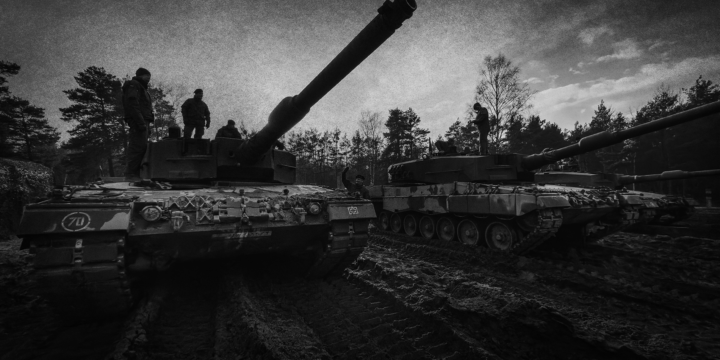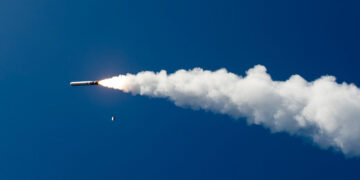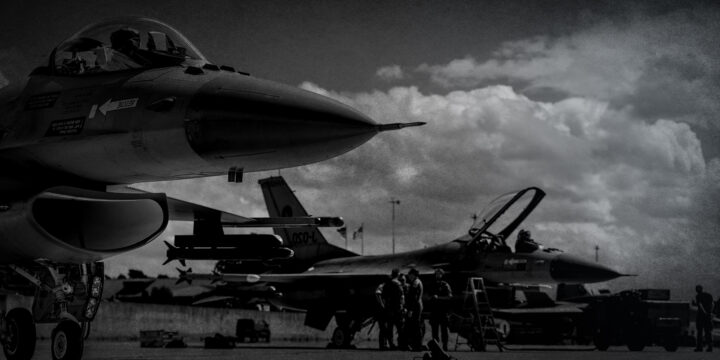November 17, 2024
Greenlighting deep strikes inside Russia is all risk, no reward
FOR IMMEDIATE RELEASE:
November 17, 2024
Contact: press@defensepriorities.org
WASHINGTON, DC—President Joe Biden is now allowing Ukraine to use U.S.-supplied weapons to strike targets within Russia, loosening a restriction Washington placed on Kyiv. Defense Priorities Director of Military Analysis Jennifer Kavanagh issued the following statement in response:
“The Biden administration’s decision to allow Ukraine to use longer-range ATACMS to launch strikes deep inside of Russia is strategically unwise and operationally unnecessary. The move will not meaningfully improve Ukraine’s military position, but it will intensify U.S. and NATO entanglement in the conflict and worsen the risk of Russian escalation—including possible retaliation on U.S. or European targets.
“Expanding Ukraine’s ability to launch offensive strikes with Western weapons inside Russia will not alter the trajectory of the war or help Kyiv gain an advantage against a better equipped and more resilient adversary. There are a limited number of military targets within range of long-range strike weapons, even with the new permissions, and Russia can easily adapt—as it has throughout the war—by relocating key military assets away from these locations.
“To really impose costs on Russia, Ukraine would need large stockpiles of ATACMS, which it doesn’t have and won’t receive because the United States’ own supplies are limited. Moreover, the biggest obstacle Ukraine faces is a lack of trained and ready personnel, a challenge that neither the United States nor its European allies can solve and that all the weapons in the world won’t overcome.
“In a conflict where redlines are unclear and constantly shifting, escalation management must always be a top priority, especially when nuclear weapon use is in play. Putin made clear that he saw the use of Western long-range strike weapons inside Russia to be a material change in the nature of U.S. and European involvement in the war. A choice to disregard this warning could have dire consequences for the United States and Europe.
“Any escalation could also reverberate on Ukraine itself. With the Biden administration on its way out and the incoming Trump administration indicating an intention to end the war, Putin has little incentive to act with restraint in his retaliation toward Kyiv.
“Most importantly, extending these new permissions to Kyiv would move U.S. policy in Ukraine in the wrong direction. At a time when Washington should be pushing Kyiv to focus on bolstering its defenses and fortifications to slow increasingly rapid Russian advances across the Donbas and advocating for renewed efforts at diplomacy, the Biden administration is instead encouraging further expansion of an already costly war.”
Read more from Jennifer Kavanagh: A decision framework for Ukraine military aid.
More on Ukraine-Russia
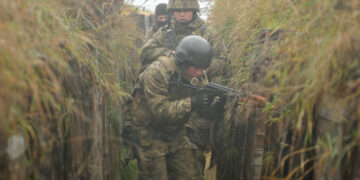
Featuring Jennifer Kavanagh
October 24, 2025

Featuring Jennifer Kavanagh
October 23, 2025
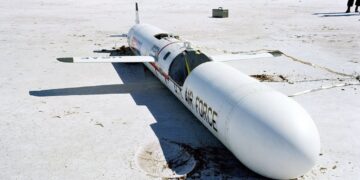
Featuring Jennifer Kavanagh
October 18, 2025
Events on Ukraine-Russia
